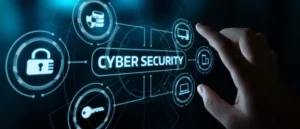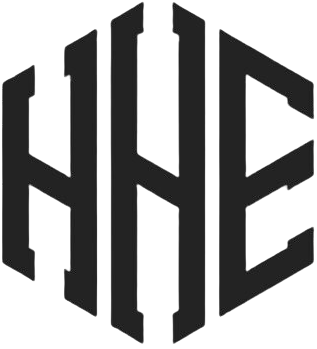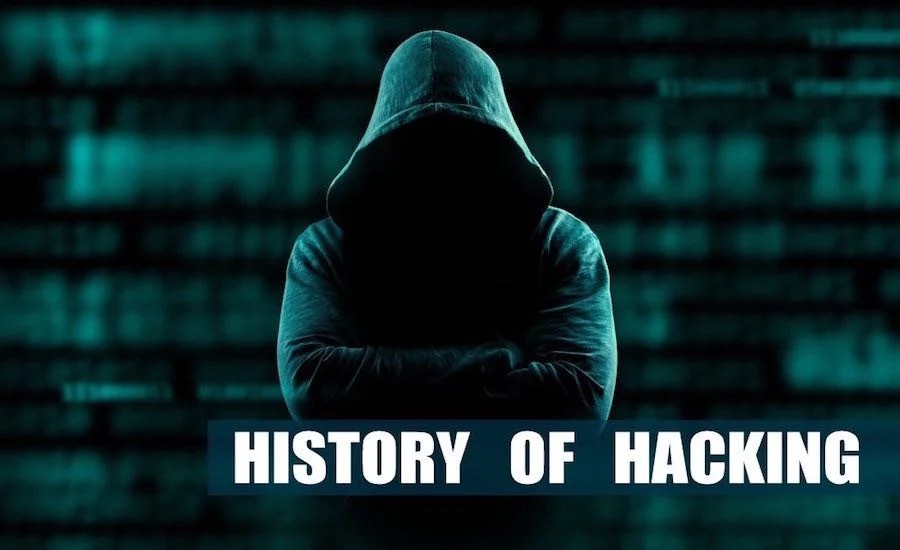Ethical hacking began as a niche curiosity and evolved into a critical cybersecurity discipline. History of ethical hacking: from past to present explores this journey, showing how pioneers shaped modern defense. Whether you’re an entry-level student or a seasoned IT professional, this article offers clear, engaging insights. You’ll learn key milestones, landmark events, and how today’s ethical hackers protect our digital world.
History of Ethical Hacking: From Past to Present – The Early Days
Origins in Academic Exploration
In the late 1960s, computer scientists at MIT challenged AT&T’s phone network to learn system limits. These “phone phreaks” used whistles and tone generators to explore vulnerabilities. Though unauthorized, their curiosity laid groundwork for later security research.
By the 1970s, university labs had “hackers” experimenting on mainframes. They swapped code and tested systems to understand strengths and weaknesses. While rules were lax, these early efforts demonstrated how insider knowledge could reveal flaws.
The Birth of Responsible Disclosure
The term “ethical hacking” first appeared in the late 1980s. In 1989, Clifford Stoll tracked a German hacker who compromised U.S. military systems. Stoll’s 1990 book, The Cuckoo’s Egg, highlighted the need for responsible disclosure and legal frameworks around security research.
Soon after, Marcus Ranum and Dorothy Denning proposed formal security policies. Their work urged researchers to obtain permission before testing systems, marking a shift toward today’s professional standards.
History of Ethical Hacking: From Past to Present – Formalization of the Profession
Establishment of Bug Bounty Programs
In 1995, Netscape launched the first public bug bounty program, offering cash rewards for vulnerability reports. This model inspired major companies like Microsoft and Google to follow suit. Today, bug bounties remain a cornerstone of ethical hacking, rewarding thousands of researchers worldwide.
Ethical Hacking and the Law: What’s Legal and What’s Not

Professional Certifications and Standards
The early 2000s saw the EC-Council introduce the Certified Ethical Hacker (CEH) certification. This program standardized skills, tools, and legal guidelines for practitioners. Meanwhile, (ISC)²’s CISSP certification incorporated security testing into its body of knowledge. These credentials helped legitimize ethical hacking as a career.
Organizations such as the Open Web Application Security Project (OWASP) published best practices and testing guides. OWASP’s Top 10 list, first released in 2003, provided clear priorities for web application security testing and remains an industry benchmark today.
History of Ethical Hacking: From Past to Present – Modern Evolution
Advances in Tools and Techniques
Ethical hackers now employ advanced tools like Metasploit, Burp Suite, and Cobalt Strike. Automation has accelerated vulnerability scanning, while manual testing uncovers complex logic flaws. Researchers also use bespoke scripts and machine learning to identify patterns in large codebases.
Cloud computing introduced new challenges. Platforms like AWS, Azure, and Google Cloud require specialized testing methods. Ethical hackers adapted by developing cloud-native tools and frameworks to ensure containers and microservices remain secure.
Integration with DevSecOps
Over the last decade, the DevSecOps movement has embedded security into every stage of software development. Ethical hacking shifted left, with security testing integrated into CI/CD pipelines. This approach reduces remediation time and prevents vulnerabilities from reaching production.
Frameworks such as the NIST Cybersecurity Framework and ISO 27001 now include guidelines for regular penetration testing and incident response. These standards ensure organizations maintain a proactive security posture.
Key Milestones in the History of Ethical Hacking
| Year | Milestone |
|---|---|
| 1969 | Phone phreaking experiments at MIT |
| 1989 | Clifford Stoll’s The Cuckoo’s Egg highlights ethical disclosure |
| 1995 | Netscape launches the first public bug bounty program |
| 2003 | OWASP publishes its first Top 10 list |
| 2000s | EC-Council CEH and (ISC)² CISSP certifications establish professional norms |
| 2010s | DevSecOps integrates ethical hacking into development workflows |
Why the History Matters Today
Understanding the history of ethical hacking: from past to present offers valuable context:
-
Lessons Learned: Early unauthorized hacks taught the importance of consent and responsible disclosure.
-
Improved Standards: Formal certifications arose from real-world incidents, raising professional quality.
-
Evolving Threats: As attackers adopt new technologies, ethical hackers must innovate to counter them.
-
Proactive Defense: Knowing past failures helps organizations stay ahead of emerging risks.
Ethical hackers today build on decades of research and collaboration. They partner with companies, governments, and academia to secure critical infrastructure and personal data.
Authoritative Resources and Further Reading
-
OWASP Web Security Testing Guide – Comprehensive manual for web application testing (OWASP).
-
NIST Cybersecurity Framework – Guidelines for managing cybersecurity risk (NIST).
-
EC-Council – History of the Certified Ethical Hacker program.
-
Clifford Stoll’s The Cuckoo’s Egg – First-hand account of early hacking investigations.
Conclusion
The history of ethical hacking: from past to present shows how curiosity evolved into a disciplined profession. From phone phreaks to formal bug bounties, each milestone shaped today’s robust security landscape. Modern ethical hackers protect systems by combining technical prowess, legal compliance, and ethical rigor. By learning this history, business leaders, IT teams, and students can appreciate why authorized testing remains essential. Ready to strengthen your defenses? Explore our services or join a training program to secure tomorrow’s digital world.



No responses yet